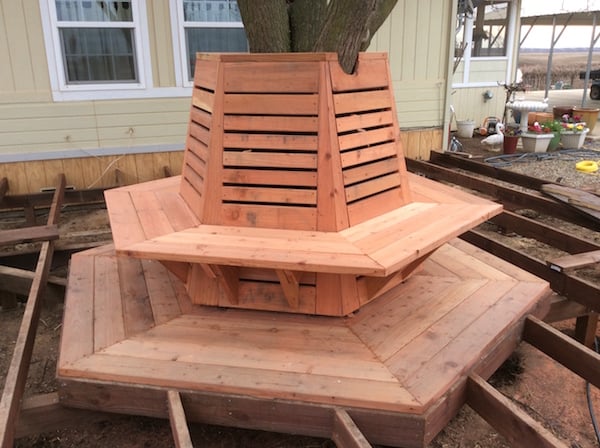
Don’t let the fact that redwood is softwood fool you. This wood’s got it where it counts. Redwood may not be the wood for hardwood flooring, but it’s highly natural resistance to decay, shrinking, and warping make it the premium softwood available to homeowners. Some woods may be structurally durable and other woods may be beautiful, redwood is both. With little resin or pitch, redwood also has excellent finish retention, giving it an exceptional appearance when properly treated. One of the only disadvantages of using redwood is that, unlike composite alternative, redwood does require a significant amount of maintenance. Outdoor redwood projects should be resealed every year or two.
Redwood Home Projects
- Decks—Decks are a highly visible outdoor installation, and redwood is one of the most popular woods out there. If you like the appearance of this wood, it’s got the moxie for your decking material. Be sure to treat your redwood with a water repellent finish including an ultraviolet inhibitor and mildew-cide. Similar to decking, redwood is also a common choice for hot tubs.
- Fences—Redwood fencing is also a popular redwood project. Installation can be tricky with softwood, but if it’s done right a redwood fence can last as long as most other durable woods. Pre-drilling and blunt pointed nails will help reduce splitting. Also, make sure to only use galvanized, stainless steel fasteners.
- Siding and Paneling—The workability of redwood allows for the decorative interior trim and paneling options. Dimensional stability and resistance to decay leads homeowners to install it as siding. The exact same quality redwood is used for each project. When you can use the exact same wood for interior and exterior projects, you know you’ve got something special.
Ready to start your redwood project?
Find ProsRedwood Grades
There are numerous grades of redwood that can be tailored to the exact needs of your project and budget. You can get seasoned or unseasoned, surfaced or saw-textured, pure heartwood or a heartwood and sapwood mix. The most important grading distinction, however, is garden grades and architectural grades. Garden grades contain knots that could don’t affect certain construction projects, such as decks and fencing. These knots shouldn’t be too big; knots can fall out of decks and fences over time. Architectural grading contain smaller or no knots. The absence of knots is required in more precision architecture, such as siding, cabinetry, paneling, or trim projects.
Tip: One of the more innovative projects you can use redwood for is ornamental projects with redwood roots. Giant root structures can the perfect centerpiece for a garden or fountain.
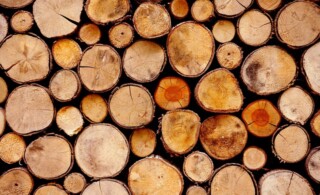 The Basics Of Lumber Pricing and Metal Pricing
The Basics Of Lumber Pricing and Metal Pricing 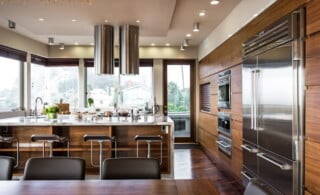 Wood Veneer: An Upside to Being Shallow
Wood Veneer: An Upside to Being Shallow 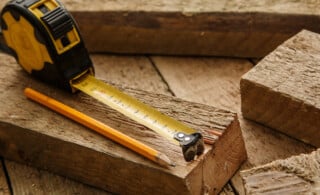 Guide to Home Woodworking Projects
Guide to Home Woodworking Projects 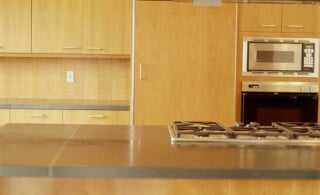 Benefits of Pressure-Treated Wood
Benefits of Pressure-Treated Wood 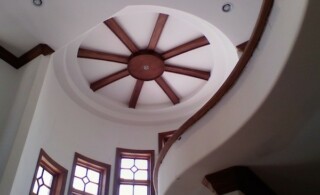 Carpentry Glossary
Carpentry Glossary 

Hi.. What are the disadvantages of using redwood??
Thank you for your help.
Please reply asap